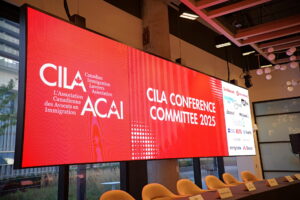This guest article was authored by Liz Wozniak, Founder, North Star Immigration Law.
The Atlantic Immigration Program (AIP) is a new federal immigration stream designed to match full-time, non-seasonal workers with designated employers in the four Atlantic provinces – New Brunswick, Newfoundland and Labrador, Nova Scotia or Prince Edward Island. AIP is the successor to 2017’s Atlantic Immigration Pilot Program (AIPP), whose underlying Ministerial Instructions have been incorporated, with significant modifications, into the IRPA. AIP came into force on January 1, 2022, although permanent residence applications were not accepted under the new program until March 2022.
AIP has been touted as an “employer-driven” means of addressing a cluster of problems endemic to the Atlantic region – an aging population, lacklustre immigration retention rates, and labour market shortages in both semi- and high-skilled occupations. AIP mandates direct employer participation to a degree that is unusual outside the TFWP/LMIA regime, and in marked contrast to applicant-centred provincial nominee program (PNP) streams. The AIP idea is to get as many qualified workers where they are needed in Atlantic Canada as quickly as possible, all while being mindful of long-term integration and retention rates.
Below is a description of the process for AIP in Nova Scotia. Please note that our experience with AIP is limited to Nova Scotia. Other Atlantic provinces may have slightly different criteria or requirements, although the regulatory framework is the same.
Nova Scotia’s Atlantic Immigration Program
AIP’s overarching two-step structure – employer application to the provincial immigration office for “endorsement,” followed by application to IRCC for PR – encloses a relatively elaborate process of multiple stages and sub-stages. The stages may overlap, but consist generally of the following:
- Employer Designation application to provincial immigration office
- Recruitment efforts
- Employment Offer
- Settlement Plan, IRCC training and intercultural competency training (as necessary)
- Endorsement application to provincial immigration office
- PR Application to IRCC
- Work Permit application (if required) to IRCC
Under AIP, immigration representatives must be declared, but at all stages prior to and including endorsement, their role is marginal. The provinces communicate with employers directly, and there is no use of representative form (a subject that may merit its own article).
1 – Employer Designation
Before an employer may hire prospective candidates under AIP, they must first apply for designation to the relevant provincial government. This will put them on a public list of approved employers.
To qualify for designation, employers must:
- have continuously and actively operated in one of the Atlantic provinces for at least 2 years;
- commit to working with federally or provincially funded settlement service providers to support candidates and their dependents;
- commit to taking onboarding training on AIP; and,
- commit to taking intercultural competency training (unless provincially exempted).
As of mid-2022, the processing time for designation in Nova Scotia is about 4 months.
2 – Recruitment Efforts
Prior to hiring a qualified candidate, the designated employer must demonstrate that they have attempted to find a worker through domestic recruitment activities.
Advertisements must:
- Be advertised locally in 3 places for 4 weeks[1]
- Clearly list all requirements of the position, including education, experience, language and skill level
3 – Employment Offer
Once the employer is designated and has completed recruitment efforts, they can hire Qualified Candidates.
Qualified Candidates are those who:
- have the ability to become economically established in Atlantic Canada;
- intend to reside in the endorsing Atlantic province;
- have sufficient language skills (via approved language test results);
- CLB 5+ for NOC 0, A or B positions
- CLB 4+ for NOC C positions
- are adequately educated; and
- for NOC O or A positions, an ECA or a Canadian diploma showing a minimum 1-year Canadian post-secondary or equivalent education
- for NOC B or C positions, an ECA or a Canadian diploma showing a minimum high school diploma or equivalent education
- unless they qualify under the Atlantic International Graduate Program, the applicant must have 1,560 hours of qualifying work experience in the past 5 years,
- For NOC O positions, NOC O, A, B or C experience
- For NOC A positions, NOC A, B or C experience
- For NOC B positions, NOC B or C experience
- For NOC C positions, NOC C experience
The job offer must:
- be full-time and non-seasonal;
- be for a period of at least 1 year (for NOC O, A or B positions only), or permanent (for NOC C);
- pay within the range for that occupation
- be at the same skill level type (or higher) than the candidate’s work experience (with exceptions for certain health care occupations).
4 – Settlement Plan, Mandatory IRCC Onboarding Training and Intercultural Competency Training
All endorsement applications must include a settlement plan (prepared by a designated agency) outlining the settlement needs of the worker and their accompanying dependents. In addition to this, all employers must undergo intercultural competency training and mandatory IRCC onboarding training if it is their first endorsement application.
5 – Position Endorsement
Once the previous steps are complete, the employer submits an endorsement application to the provincial immigration office.
As of mid-2022, the processing time for endorsements in Nova Scotia is also about 4 months.
If the endorsement application is approved, the applicant will receive a provincial endorsement certificate, which is valid for 12 months from the date of issuance. The applicant may then apply for an LMIA exempt work permit and permanent residence (PR) status.
6 – Work Permit Application
Employers may request a provincial referral letter with the endorsement application, provided that the candidate commits to applying for PR within 90 days of submitting the work permit application.
The AIP LMIA Exempt Work permit may be issued pursuant to exemption code C18. The employer must pay the employer compliance fee and submit the offer through the employer portal, while the applicant must meet all the usual requirements for a work visa (or permit, if visa exempt).
7 – PR Application
Once endorsed, the applicant must submit a complete PR application either online or by mail to CIO-Sydney within 12 months. Processing times for PR under AIP are currently posted at 20 months.
Summary
Instead of the usual PNP process of nomination à work permit à permanent residence, AIP contains 7 steps. Those steps add time, complexity and hurdles to the hiring process for employers who are already experiencing significant labour shortages and pressures.
AIP’s strengths do make it attractive: there is no age restriction, it allows lower NOCs and lower language requirements than other PNP programs, at least here in Nova Scotia. So if you’re old(er), low(er) skilled and your English or French is mediocre, it may be the only program for you.
Its weaknesses?
First, it’s an “employer driven” program, meaning the employer does all the paperwork up until it’s time to apply for the work visa and PR. So, at best, the employer controls the whole process with the worker being relegated to the sideline, and at worst, it’s a massive headache for the employer. Plus, under AIP, the worker’s future depends on how adept their employer is at the paperwork, which adds stress and angst to an often delicate relationship. Even representatives are sidelined: we cannot assist with many of the steps in the process, even when employers and workers need our help.
Second, there are just too many steps: it’s a lot to expect of the employer, and really, what employer would choose this over LMIA or regular PNP? Especially where the pitch for AIP is that it is faster (although it isn’t these days), not only does the employer have to take the lead on the process and paperwork, but in theory, the worker becomes a PR sooner, and can then go work for any employer anywhere.
Third, the (public) designation list is open to being abused by unscrupulous employers. Rumor has it that under the previous AIPP, some employers were able to get designated and then sell jobs to the highest bidder. Also, beyond using designation as a questionable marketing strategy, being on that list creates a lot email traffic for genuine employers, as they have to weed through hundreds of random inquiries from unqualified people from around the world. It is for this reason that some of our corporate clients have opted out of the new AIP and are just focusing on LMIA, PNP and GTS applications.
Fourth, many of the employers in Nova Scotia are already culturally competent and fully able to support settlement needs of their newcomer workers. But to access AIP, they still must go through the third-party organizations appointed by the province to receive onboarding training from IRCC and take a class in intercultural competency. And the worker, even if they have been here for 10 years, must sign up for a settlement interview and services. There is something odd about, for example, an Indian restaurant owner having to engage in intercultural competency training in order to hire an Indian chef.
Participating in the AIP is onerous for employers and prospective applicants. While this regional program should not be used as a backdoor route into central or western Canada, modifying the program requirements to support employers and newcomer retention in Atlantic Canada would make it a more attractive option.
[1] 3 weeks in Newfoundland and Labrador, 4 weeks in all other provinces see sample form



